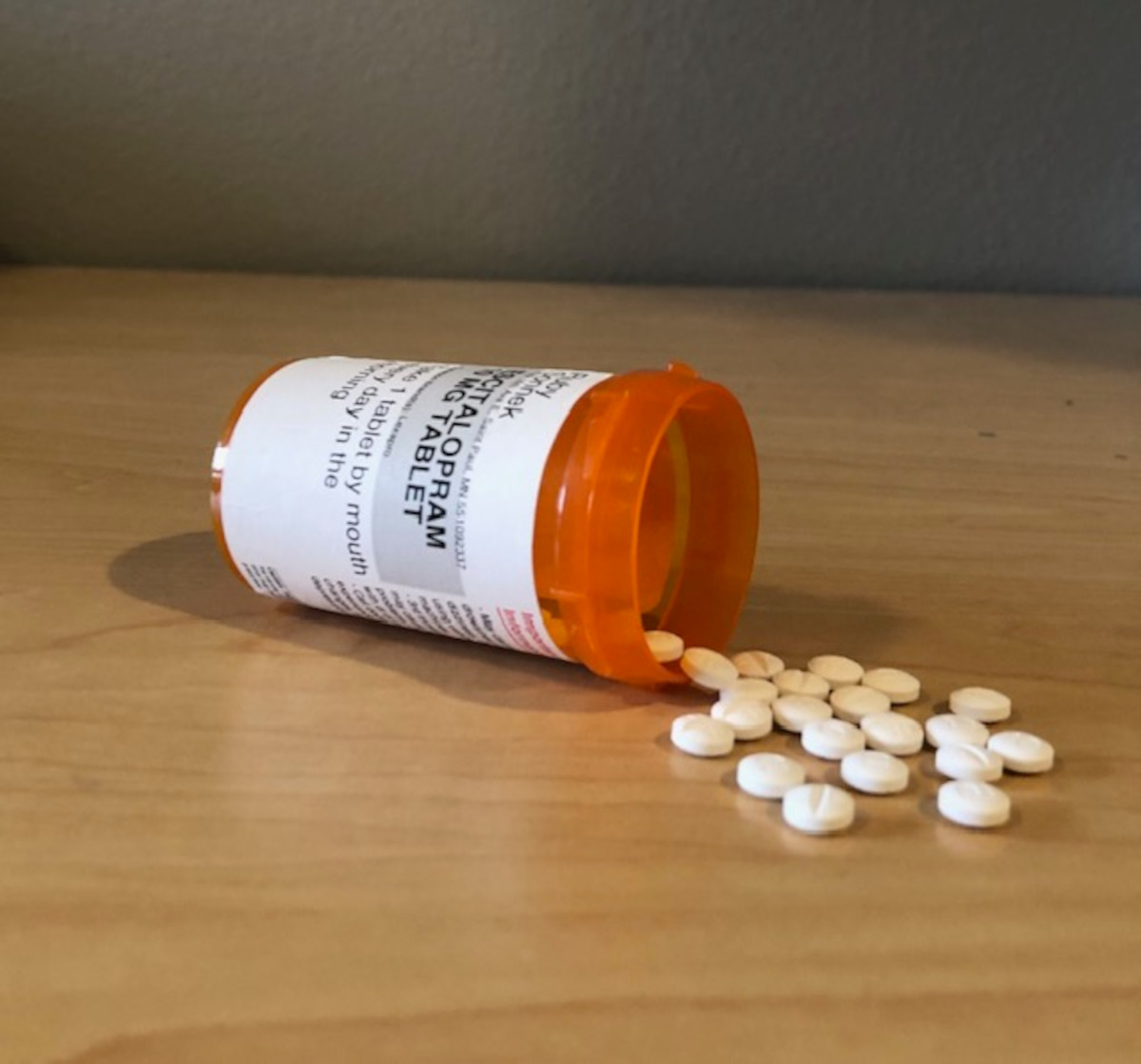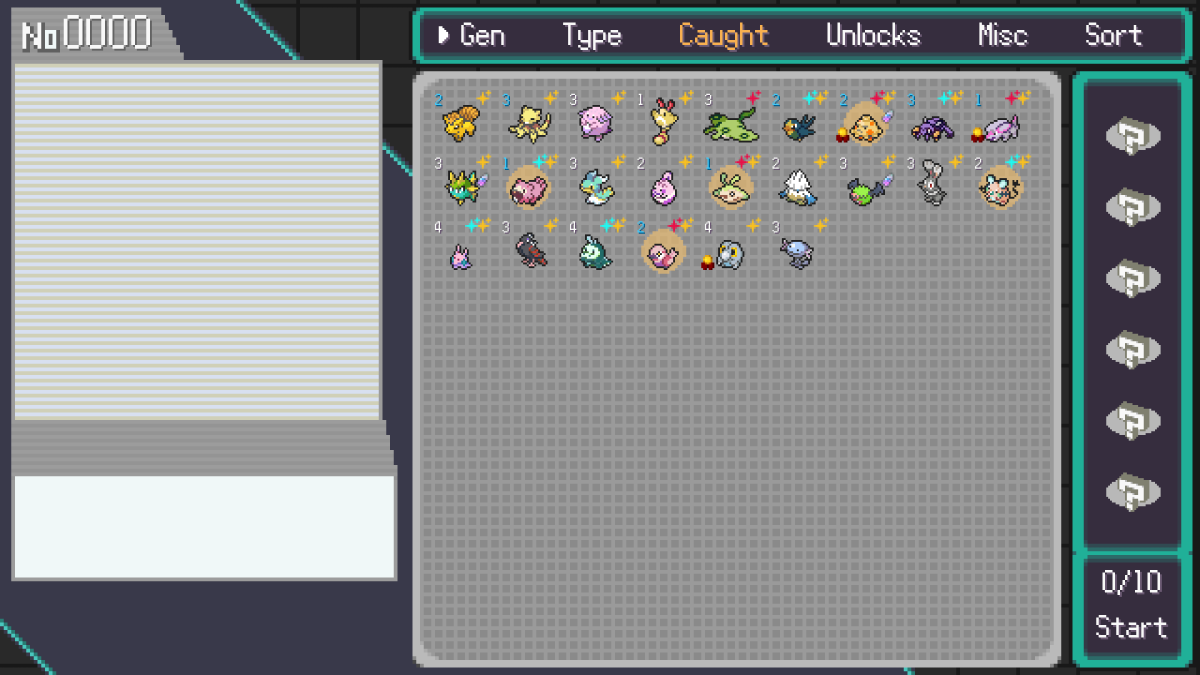There’s a recurring skit on the television show “Portlandia” about the fictional Portland Milk Advisory Board. The characters played by Fred Armisen and Carrie Brownstein highlight the different types of milk being processed by the Portland Milk Advisory Board, including unpasteurized milk, which contains dramatic layers of cream, milk and mastitis.
It’s an overblown depiction of unpasteurized milk — there certainly aren’t dramatic layers of milk and mastitis in “raw” milk — but the point is there. In recent years, there has been a campaign to drink unpasteurized milk.
The website A Campaign for Real Milk claims that unpasteurized milk “contains many components that kill pathogens and strengthen the immune system.” Perhaps it does, but raw milk also is very dangerous for people with weakened immune systems, killing the notion that it would help immune systems in young children and the elderly.
I understand the reasoning behind wanting to consume organic and supposedly healthy food, but risking a person’s health is not good. Drinking raw milk doesn’t always mean the same thing as drinking organic milk.
There are specifics dairy farmers and milk producers must follow in order to be considered “organic.” These include cows that are pasture-grass fed or fed from certified feed and not treated with drugs (although it is illegal to not give an animal the drugs it needs when sick just to maintain organic certification). But organic milk is pasteurized.
As someone who has basically been raised on a farm and raised drinking unpasteurized milk, I think the sale of “raw” milk is ridiculous. Even though I’ve been raised drinking milk that comes straight from the bulk tank, and I don’t have allergies to dairy products, I get sick from unpasteurized milk. I can only imagine the effects it would have on some people who haven’t been immunized to raw milk, especially young children.
A Campaign for Real Milk also states that pasteurization also takes out helpful pathogens and “kills beneficial bacteria, promotes pathogens and is associated with allergies, increased tooth decay, colic in infants, growth problems in children, osteoporosis, arthritis, heart disease and cancer.” Clearly the campaign doesn’t remember when widespread pasteurization helped the infant mortality rate float between 10 and 20 percent (according to the Economic History Association). Now, that’s not all due to pasteurization, but the process helps.
A Campaign for Real Milk says “Ultra-pasteurization is a violent process that takes milk from a chilled temperature to above the boiling point in less than two seconds.” This is a violent process? Would the campaign say the same thing about boiling contaminated tap water? Pasteurization is meant to help rather than harm.
Wisconsin actually has a ban on the large sale of raw milk, and for good reason. That doesn’t mean that all sales are banned — if you have a real desire to consume raw milk you can buy it ad hoc from farmers. Lobbyists like the Wisconsin Raw Milk Association don’t seem to care for this way of being able to consume raw milk.
They believe it’s a breach of their freedom to be not allowed to buy raw milk from a store. But in reality, will it really hurt them as much as it will hurt a farmer who is later blamed for an illness (or death) caused from consuming unpasteurized milk? No. Most farmers are concerned about farm safety and health, including pasteurization, and I doubt that many of them want to be blamed for not producing that.
The Wisconsin Raw Milk Association wants to be able to “reclaim our freedom to eat healthy farm fresh food.” If they want that freedom, I suggest they start their own farm and let the farmers who want to sell pasteurized milk do so.






